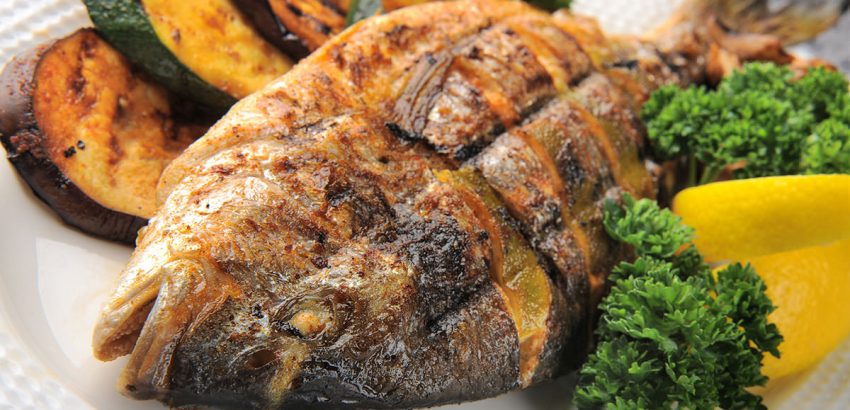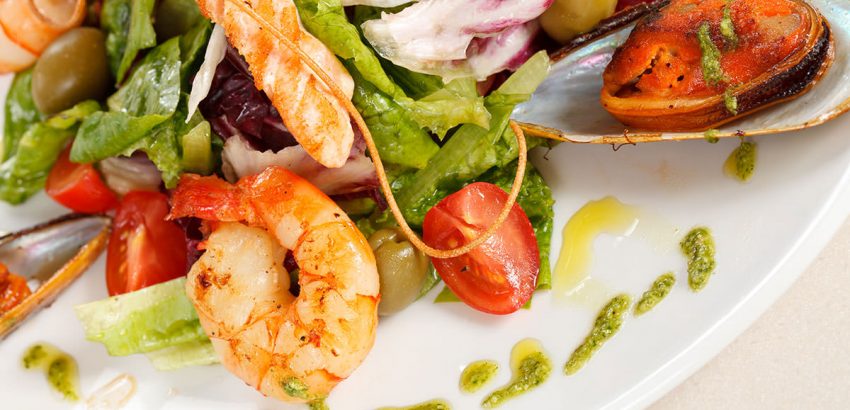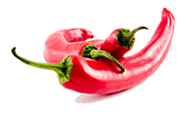Fish are an important resource for humans worldwide, especially as food. Commercial and subsistence fishers hunt fish in wild fisheries or farm them in ponds or in cages in the ocean. Fish can be processed in many ways, including grilled fish. Grilling is a form of cooking that involves dry heat applied to the surface of food, commonly from above or below.Grilling usually involves a significant amount of direct, radiant heat, and tends to be used for cooking meat quickly. Food to be grilled is cooked on a grill (an open wire grid such as a gridiron with a heat source above or below), a grill pan (similar to a frying pan, but with raised ridges to mimic the wires of an open grill), or griddle (a flat plate heated from below). Heat transfer to the food when using a grill is primarily via thermal radiation. Heat transfer when using a grill pan or griddle is by direct conduction. In the United States, when the heat source for grilling comes from above, grilling is termed broiling.
What you’ve heard Is true: fish is more likely to stick than chicken or beef. Your best defense is a grill that’s pristine, oiled, and hot.
Long term preservation of fish is accomplished in a variety of ways. The oldest and still most widely used techniques are drying and salting. Desiccation (complete drying) is commonly used to preserve fish such as cod. Partial drying and salting is popular for the preservation of fish like herring and mackerel. Fish such as salmon, tuna, and herring are cooked and canned.
Fish such as salmon, tuna, and herring are cooked and canned. Most fish are filleted prior to canning, but some small fish (e.g. sardines) are only decapitated and gutted prior to canning. If the cool chain has not been adhered to correctly, food products generally decay and become harmful before the validity date printed on the package.











Fish is a popular dish in our daily menu because fish is very good for our health and the children’s intelligence
Oh, I agree with you totally, so I
also like eating fish so much